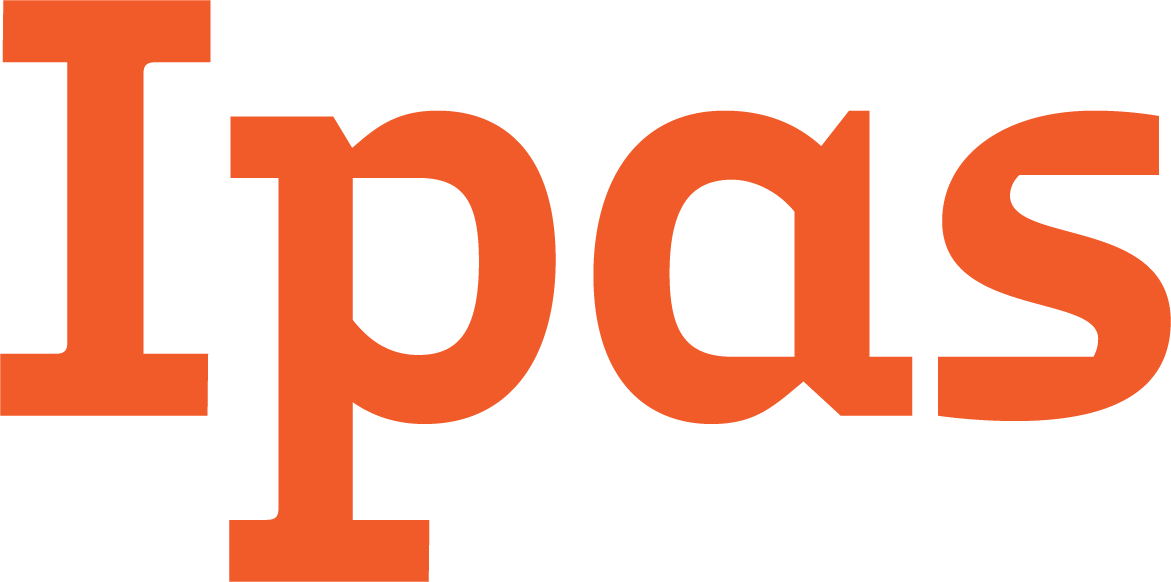Search Results
Resource Search Results Choose your Filtering Options below: Language AllEnglishFrenchPortugueseSpanish Topic AllAbortion bansAbortion providersAbortion VCATAdvocacyAnti-rights movementClimate justiceClinical guidance -Abortion at or after 1 …
The Ipas Code of Business Ethics and Conduct reflects our core values and is built around eight ethical principles that provide the framework for ethical behavior at Ipas. The principles are supported by Ipas policies and other key documents that give specific guidance on various topics.
Cette boîte à outil est destinée aux défenseurs de l’avortement qui veulent soutenir l’intégration de l’avortement aux programmes d’éducation complète à la sexualité (ECS). Y sont traitées les principaux points à prendre en considération lorsqu’on souhaite défendre l’ECS et des outils sont proposés qui permettent d’aider les défenseurs à développer une stratégie et un plan d’activités adaptés à leur contexte national.
16 voices on abortion access for victims of gender-based violence One in three women worldwide experiences gender-based violence. In honor of the 16 Days of Activism against Gender-Based Violence—which runs from the International Day for the Eliminatio …
With physical access to health facilities in Pakistan severely limited by the country’s rapidly growing number of COVID-19 cases, providing women and girls an alternative way to get reproductive health counseling and information “is the need of the hou …
“This pandemic is showing everyone how important a strong public health system is,” says Maria Antonieta Alcalde, director of Ipas Central America and Mexico. Ipas is supporting health systems in Mexico and Central America to ensure abortion and contra …
On July 7, in the midst of a global pandemic, the Trump administration officially started the process of withdrawing from the World Health Organization (WHO). As a public health and human rights organization, Ipas condemns this dangerous and reckless …
Also Available In: Español Français English Ipas tem uma ambição ousada – erradicar o aborto inseguro em todo o mundo – e para tal precisamos que outras pessoas nos ajudem a alcançar esta ambição. Em todas as esferas em que trabalha, Ipas conta com par …
Also Available In: Español English Português L’ambition qui motive Ipas est audacieuse – éradiquer l’avortement non sécurisé dans le monde – et nous avons besoin des autres pour nous aider à faire de cette ambition une réalité. Dans tous les aspects de …
Also Available In: English Français Português Ipas tiene una ambición audaz —erradicar el aborto inseguro a nivel mundial— y necesitamos la ayuda de otras personas para lograr este objetivo. En cada esfera donde trabajamos, Ipas cuenta con socios u org …
Ipas has a bold ambition—to advance reproductive justice around the world by ensuring access to abortion and contraception—and we need others to help us achieve it. In every sphere in which we work, Ipas relies on partners.
COVID-19 Rapid Response Fund Ipas is working to ensure that abortion remains an essential health service during the COVID-19 pandemic. The pandemic is creating many barriers to abortion care—and some politicians are shamefully using it as a reason to d …
© Ipas Nepal © Ipas Nepal The Ipas Nepal team preparing boxes of personal protective equipment to dispatch to health centers they support (above). The team delivered thousands of masks and gloves, plus eye protection, hand sanitizer, soap and other sup …
The coronavirus pandemic has laid bare the gender, racial and economic inequities in health-care systems around the world that make it difficult for women, people of color, LGBTQ people and other marginalized groups to get the essential health care they need.
Ipas conducts policy- and program-relevant research on abortion in collaboration with diverse global, regional, national and local partners. We generate new knowledge for the larger reproductive health and rights community.
Accelerating contraceptive uptake through post-pregnancy care models Location Pakistan, India and Kenya Background Abortion self-care—an abortion with pills obtained without a prescription—is becoming more common globally. But little is known about acc …
Abortion Service Quality (ASQ) Initiative Location Nigeria, Ethiopia, Bangladesh and Argentina Background Ipas, Ibis Reproductive Health, and Metrics for Management are collaborating to develop a global standard for measuring the quality of abortion se …
Home 9 Search Results A prospective, comparative study of clinical outcomes following clinic-based versus self-use of medical abortion using mifepristone with misoprostol Location Cambodia, Nigeria and Ghana Background Medabon, a combination of mi …

